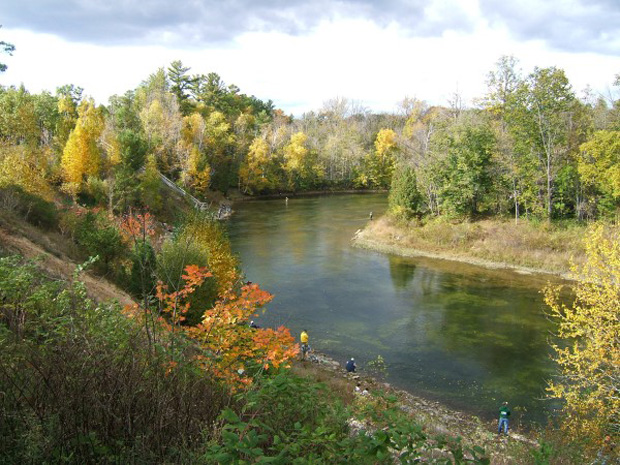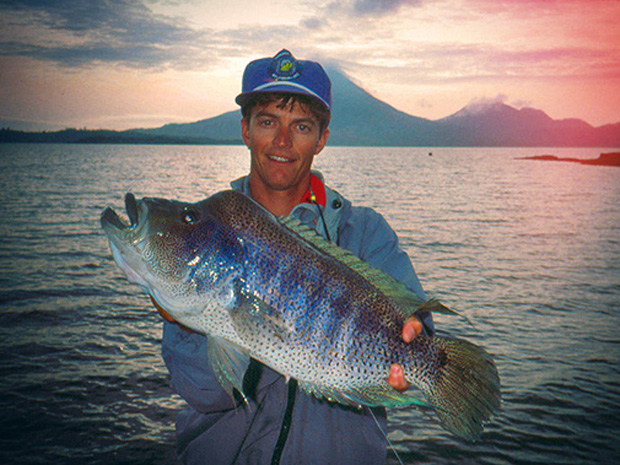
The Michigan DEQ (yes, the same group made infamous by the Flint water crisis), has approved a permit to turn a small tourist attraction into a large scale fish farm on the Au Sable River. Currently the small flow through hatchery produces less than 20,000 fish per year, but the state and county have approved the expansion, up to 300,000 fish per year. Details of why this is a huge problem that could kill one of the worlds best trout streams is laid out very well here:www.ginkandgasoline.com
From the Anglers of the Au Sable
The DEQ admitted that when the fish farm discharges effluent at the maximum levels allowed by the permit, the fish farm will emit 160,000 pounds of fish poop and uneaten fish food, and 1,600 pounds of phosphorus per year. ** Without getting into detail, suffice it to say the DEQ testimony was weak. It reminded me of what the Flint Water Advisory Task Force said about the DEQ’s performance there: “Minimalist,” willing to accept mere “technical compliance” to protect the public, dismissive of others who raise concerns, and wrong in its interpretation of the law.
Finally, Dr. Canale applied his new model to the Au Sable River, and then assessed the effects the fish farm would have under various scenarios. His testimony and exhibits were stunning. He found that, even without the Grayling fish farm, the river violates oxygen standards. He said that, even if the fish farm performs the best possible treatment of its fish poop and feeding, the river will continue to violate dissolved oxygen standards. Finally, he said that, during low flows (summer drought conditions), if the fish farm were at maximum production with no treatment, oxygen standards at Stephan Bridge would be violated 98% of the time!
His findings regarding dissolved oxygen levels at Stephan Bridge were particularly alarming. Gary Whelan was asked if the current DEQ permit is sufficient to protect the river. His answer was short, sweet and to the point: “No.”
From Mich Outdoors
The Michigan DEQ (yes, the same group made infamous by the Flint water crisis), has approved a permit to turn a small tourist attraction into a large scale fish farm on the Au Sable River. Currently the small flow through hatchery produces less than 20,000 fish per year, but the state and county have approved the expansion, up to 300,000 fish per year
Harrieta Hills (the people wanting to expand the farm) is being given the land for $1 on a 20 year lease
They are not required to expand or upgrade the current waste disposal system that has been in place since 1914 and designed to produce a fraction of the fish.
This farm is located just above the “Holy Waters” section of the Au Sable. Which means this trout fishing mecca, that people travel the world to experience, is directly in the cross-hairs, and will without a doubt suffer a tremendous hit to water quality.
There are other state ran hatcheries that have been required to invest tons of tax payer money (rightly so) to upgrade their systems to create little to no harmful discharge. For some reason however this private company is not being held to the same standard.
This is being looked at as a gateway case by the state, its agriculture agencies, and Harrieta Hills to open up our great waters to more large scale aquaculture business that could further hurt our delicate ecosystems.
After the farm was shut down, the state opened a large farm at the headwaters, quickly destroying the remaining trout population. An frighteningly similar situation. A once world renowned trout stream that brought tourists from around the globe was destroyed. The article below shows the research to the problem, and also explains that once the farm was shut down the river has experienced a rebound in local resident trout.



